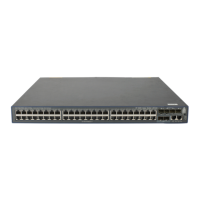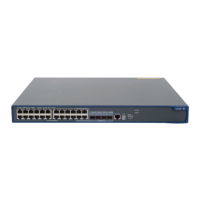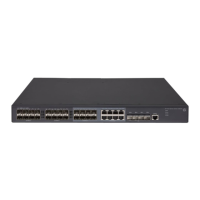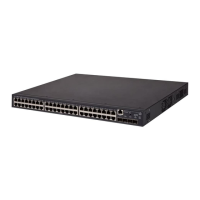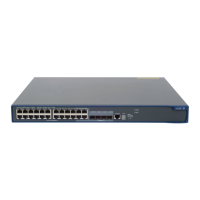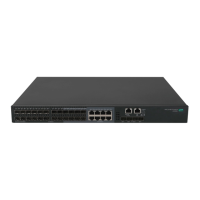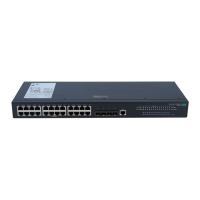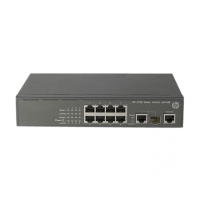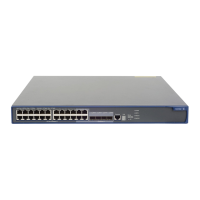398
Configuring an IP prefix list
Configuring an IPv4 prefix list
If all the items are set to deny mode, no routes can pass the IPv4 prefix list. To allow other IPv4 routing
information to pass, you must configure the permit 0.0.0.0 0 less-equal 32 item following multiple deny
items.
To configure an IPv4 prefix list:
Step Command Remarks
1. Enter system view.
system-view N/A
2. Configure an IPv4
prefix list.
ip prefix-list prefix-list-name [ index index-number ]
{ deny | permit } ip-address mask-length
[ greater-equal min-mask-length ] [ less-equal
max-mask-length ]
By default, no IPv4 prefix
list is configured.
Configuring an IPv6 prefix list
If all items are set to deny mode, no routes can pass the IPv6 prefix list. To allow other IPv6 routing
information to pass, you must configure the permit :: 0 less-equal 128 item following multiple deny items.
To configure an IPv6 prefix list:
Ste
Command
Remarks
1. Enter system view.
system-view N/A
2. Configure an IPv6
prefix list.
ipv6 prefix-list prefix-list-name [ index index-number ]
{ deny | permit } ipv6-address prefix-length
[ greater-equal min-prefix-length ] [ less-equal
max-prefix-length ]
By default, no IPv6 prefix
list is configured.
Configuring an AS path list
You can configure multiple items for an AS path list that is identified by a number. The relationship
between items is logical OR. A route that matches one item matches the AS path list.
To configure an AS path list:
Ste
Command
Remarks
1. Enter system view.
system-view N/A
2. Configure an AS path
list.
ip as-path as-path-number { deny |
permit } regular-expression
By default, no AS path list is
configured.
Configuring a community list
You can configure multiple items for a community list that is identified by number. The relationship
between the items is logic OR. A route that matches one item matches the community list.
To configure a community list:
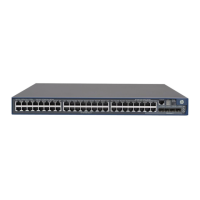
